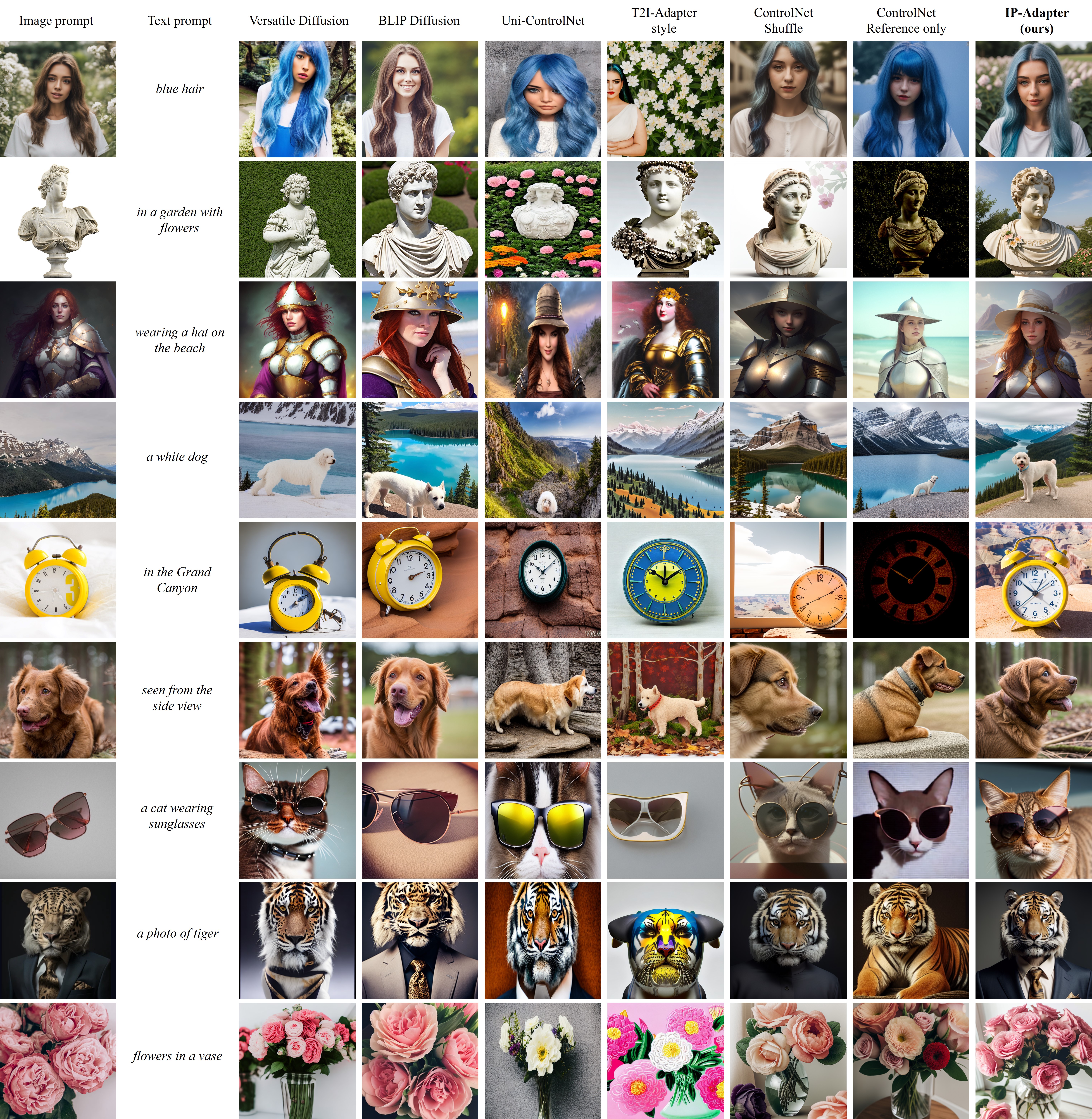RANDOM POSTs
-
How the slow down in the Chinese economy will affect housing as much as high tech
Read more: How the slow down in the Chinese economy will affect housing as much as high techedition.cnn.com/2019/01/03/perspectives/apple-china-warning/index.html
China’s economic vulnerability is based on its very unbalanced growth model. In other advanced economies such as the United States, spending by consumers contributes as much as two-thirds or more of overall GDP. In China, consumption has risen from 35% 10 years ago, but it is still not near 60% of GDP, indicating an unbalanced economy that places emphasis on exports and investment, both of which, in the long run, are not sustainable.
Investment in infrastructure and heavy construction (around the world) turbo-boosted China’s economy in 2008 and for the next five years, but it issued a tremendous amount of debt to support such growth. Currently, the debt-to-GDP ratio for China stands at an alarming 250% of GDP, an unsustainable number and one that presents formidable challenge to China’s economic policymakers.
In the months ahead, be prepared to witness continued deterioration of the Chinese economy. This will be reflected in declining asset values such as real estate and equity markets, distressed corporate balance sheets and corporate assets, increased capital flight as a result of a declining Yuan relative to the US dollar, and growing stress within China’s financial sector as non-performing loans accelerate within the banking sector.
-
IPAdapter – Text Compatible Image Prompt Adapter for Text-to-Image Image-to-Image Diffusion Models and ComfyUI implementation
Read more: IPAdapter – Text Compatible Image Prompt Adapter for Text-to-Image Image-to-Image Diffusion Models and ComfyUI implementationgithub.com/tencent-ailab/IP-Adapter
The IPAdapter are very powerful models for image-to-image conditioning. The subject or even just the style of the reference image(s) can be easily transferred to a generation. Think of it as a 1-image lora. They are an effective and lightweight adapter to achieve image prompt capability for the pre-trained text-to-image diffusion models. An IP-Adapter with only 22M parameters can achieve comparable or even better performance to a fine-tuned image prompt model.
Once the IP-Adapter is trained, it can be directly reusable on custom models fine-tuned from the same base model.The IP-Adapter is fully compatible with existing controllable tools, e.g., ControlNet and T2I-Adapter.


-
Embree v4.0 – open source raytracing
Read more: Embree v4.0 – open source raytracingHigh Performance Ray TracingIntel® Embree is a high-performance ray tracing library developed at Intel which supports x86 CPUs under Linux, macOS, and Windows; ARM CPUs on macOS; as well as Intel® Arc™ GPUs under Linux and Windows. Embree targets graphics application developers to improve the performance of photo-realistic rendering applications and is optimized towards production rendering. Embree is released as open source under the Apache 2.0 License
-
Basic GafferHQ python introduction
Read more: Basic GafferHQ python introductionWorking with the Python Scripting API
http://www.gafferhq.org/documentation/1.0.2.0/WorkingWithThePythonScriptingAPI/index.htmlNode Graph editing in Python
https://www.gafferhq.org/documentation/1.0.0.0/WorkingWithThePythonScriptingAPI/TutorialNodeGraphEditingInPython/index.htmlCommon operations
https://www.gafferhq.org/documentation/1.0.0.0/Reference/ScriptingReference/CommonOperations/index.htmlScripting box nodes
https://blog.gafferhq.org/?p=278Dev and pipe tips
https://blog.gafferhq.org/?cat=35import GafferScene import Gaffer # return a list of selections # (nodes HAVE TO BE selected for the following) sel = root.selection() # gaffer standard set list(sel) sel[0].typeName() dir( sel[0] ) sel[0].getName() sel.clear() root.removeChild( sel[0] ) # store the selected nodes in a variable >>> sel = root.selection() >>> myGroup = sel[0] >>> light = sel[1] # set location name myGroup['name'].setValue('groupLocation') light['name'].setValue('photometricLightLocation') # connect a node to a group >>> myGroup['in'][0].setInput( light['out'] ) # return the node/port attached to a group port >>> myGroup['in'][0].childNames('/') photometricLightLocation >>> myGroup['in'][0].getInput().fullName() >>> myGroup['in'][0].source().fullName() gui.scripts.ScriptNode.lighting_in1.PhotometricLightNode.out # return the full name of one of the objects # attached to the out port >>> light['out'].outputs()[0].fullName() gui.scripts.ScriptNode.lighting_in1.GroupNode.in.in0 >>> light GafferArnold.ArnoldLight( "PhotometricLightNode" ) >>> light['out'].childNames('') photometricLightLocation >>> light['out'].outputs()[0].node() GafferScene.Group( "Group" ) -
The Gift by Carl E. Rinsch
Read more: The Gift by Carl E. Rinschhttps://www.youtube.com/watch?v=DRNv-V7jV-g
-
Sean Carroll On Laplace’s Demon
Read more: Sean Carroll On Laplace’s DemonGiven a some level of omniscent entity or computer, future and past can be revealed at some level of probability.
COLLECTIONS
| Featured AI
| Design And Composition
| Explore posts
POPULAR SEARCHES
unreal | pipeline | virtual production | free | learn | photoshop | 360 | macro | google | nvidia | resolution | open source | hdri | real-time | photography basics | nuke
FEATURED POSTS
Social Links
DISCLAIMER – Links and images on this website may be protected by the respective owners’ copyright. All data submitted by users through this site shall be treated as freely available to share.















